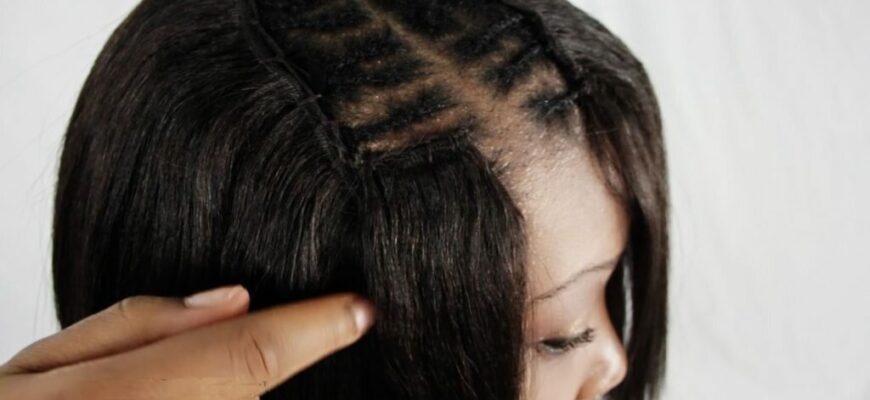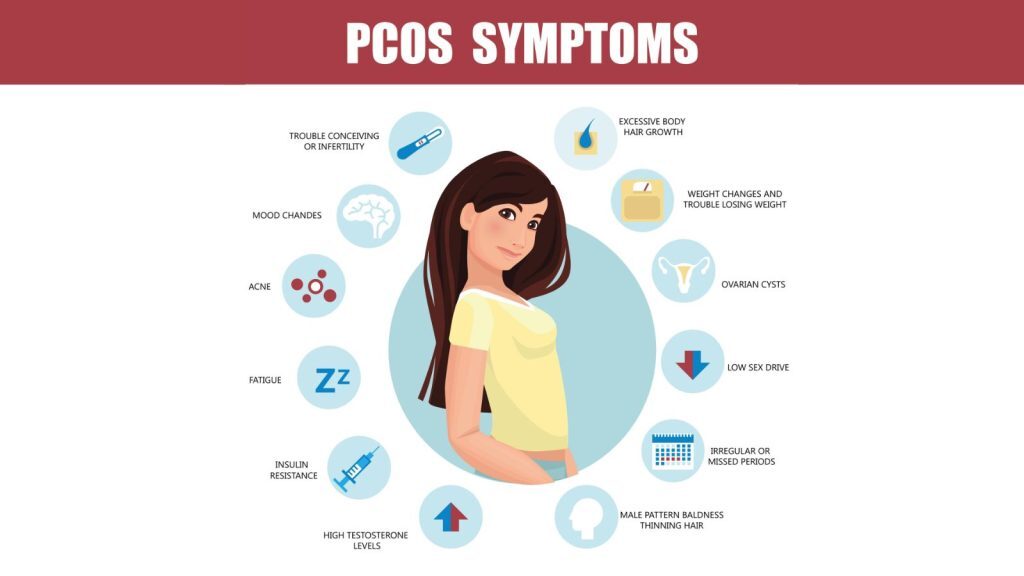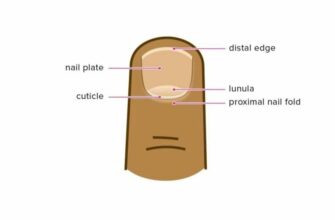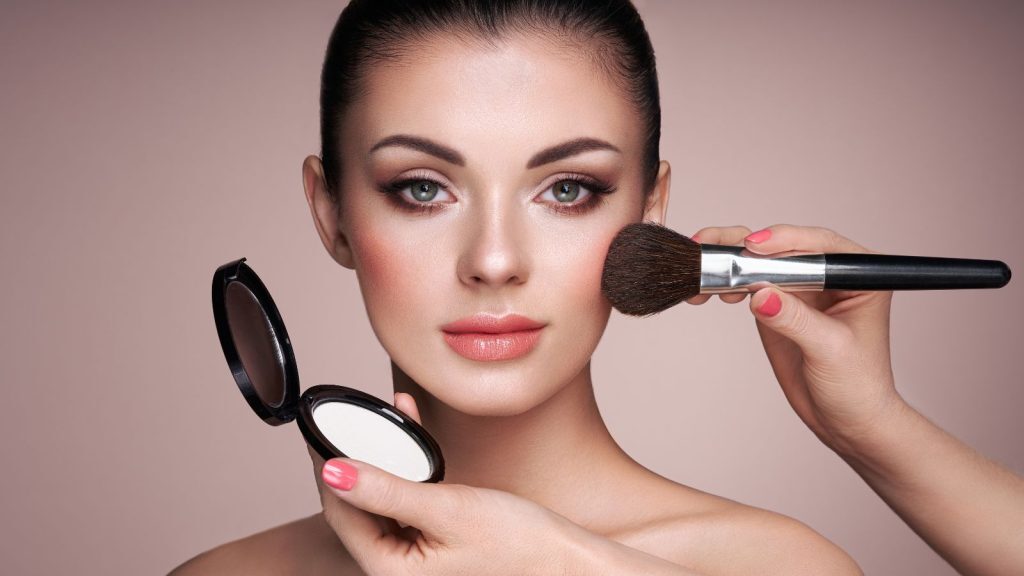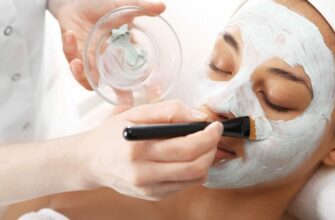- Mildew in hair weave is caused by moisture and improper storage.
- To prevent mildew, wash your hair weave regularly and use a clarifying shampoo.
- Do not use too much heat on the weave, and let it air-dry when possible.
- Store wet hair properly to avoid mildew growth.
Mildew in hair weave that appears in moist, dark environments. It is not uncommon to find mildew on hair weave. If mildew is not taken care of, it can become bothersome despite being easily eliminated.
Let’s take a look at why mildew might appear on hair weave and how to prevent it from happening in the first place.
The most common cause of mildew in hair weave is moisture. If the weave isn’t dried properly after washing or styling, mildew can start to form.
Furthermore, mildew can begin to grow even without direct contact with water if the humidity levels are sufficiently high. This is why leaving your hair weave out overnight in a humid environment can be dangerous!
Another common cause of mildew growth in hair weave is improper storage.
To prevent mildew formation, storing your hair weave correctly when not in use is essential. Securely enclose it in airtight packaging to safeguard against moisture when storing for a prolonged duration.

If you’ve noticed signs of mildew on your hair weave, don’t worry – there are steps you can take to get rid of it! The first step is thoroughly washing your hair with a clarifying shampoo and letting it air dry completely before storing or wearing it again.
You should also consider using a light vinegar solution while washing the hair weave, as this will help kill off any remaining spores of mildew.
Additionally, use a blow dryer set on low heat after washing and drying the hair so that any remaining moisture evaporates quickly and doesn’t create an ideal environment for further growth.
Mildew can be a difficult foe to conquer in your hair weave. It can affect the integrity of your weave as well as cause itching and other discomfort.
If you are struggling with mildew, you must take swift action to prevent further damage. We’ll explore the causes and how best to tackle this issue, so let’s get started!
Unfortunately, forgetting to wash your weave regularly can lead to issues like mildew in the hair. Mildew can attach to the strands of your weave and cause damage due to unsalvageable tangles and discoloration.
Taking the extra effort to keep your weave freshly washed ensures that you’ll be able to enjoy wearing it without any unpleasant surprises.
Mildew in hair weave can lead to it looking and feeling brittle, or worse – actually losing the weave. Mildew is a common result of heavy product buildup. Using a clarifying shampoo on your weave can help remove the unwanted product buildup and rejuvenate the mildew-ridden locks.
A clarifying shampoo typically contains ingredients that are stronger and able to penetrate heavier than normal deposits. This will leave your hair weave looking healthier and shinier!

To prevent mildew from building up on the weave, you need to maintain cleanliness by using a clarifying shampoo.
This type of shampoo is specially formulated to remove product buildup that can occur over time; it’s especially useful for removing hair oil, styling gels, and heavy waxes that get trapped in the weave.
Make sure to limit the usage of clarifying shampoos as they are more potent compared to regular shampoos.
Taking extra precautions when styling your hair weave can help you avoid mildew growth due to heat damage.
Mildew, a type of fungi, thrives in humid and warm environments; therefore, it’s important to limit the amount of heat used on your weave to prevent dryness or a buildup of moisture in the material, which makes it an ideal host for the fungi.
There are numerous benefits to allowing your hair to air-dry instead of blow-drying or flat ironing it – not only does it save you time and money, but overheating hair with these devices can cause mildew buildup in the weave if not done properly, leading to split ends and damage.
Air-drying your hair minimizes the risk of having mildew build up and increases longevity while fortifying your natural curl pattern or waves so that they look their best.
Wearing a hair weave can not only add length to your style but provide protection from heat and styling damage; however, improper storage of wet hair can cause mildew growth in the weave.
Mildew grows on any surface that has moisture, so it’s best to store your wet hair properly in a plastic bag or container with holes for ventilation. Doing this will ensure your weave does not get moldy, saving you time and money in replacing it in the future.

The initial step towards eliminating mildew involves washing your hair extensions in hot water with an anti-fungal shampoo. Ensure that all sections are adequately coated and allow them to rest for 10 minutes prior to thoroughly washing them away.
Once they have been washed, hang them up outside or in an open space so that they can air dry completely. You should also set aside some time each week to brush out any excess dirt or debris from the extensions and inspect them for signs of mildew buildup.
Fortunately, there are several different ways to effectively get rid of the mildew smell in your weave. To start with, you should open windows or doors to allow air circulation and ventilation, which will help reduce the amount of moisture present.
Additionally, you can try using a dehumidifier or fan to help remove excess humidity from the room and your weave pieces. For best results, it’s important to keep these appliances running for at least 24 hours.
First, check for any areas of your scalp that feel itchy or irritated. Itchiness is usually the first sign of a mildew infestation as the fungi send out toxic substances that irritate the skin.
If you notice any flakes or scaly patches on your head, this could also be indicative of mildew growth in your hair follicles.
If you notice any of these signs on your scalp or hair, it could be mildew. To determine if this is the case, look closely for small circles or patches lighter than the surrounding area.
These will usually have a raised texture and will feel oily when touched. The affected area may also develop redness due to irritation from scratching at it too much.

